The discovery has not only provided the first definitive proof of a comet striking Earth, millions of years ago, but it could also help us to unlock, in the future, the secrets of the formation of our solar system.
"Comets always visit our skies - they're these dirty snowballs of ice mixed with dust - but never before in history has material from a comet ever been found on Earth," says Professor David Block of Wits University.
The comet entered Earth's atmosphere above Egypt about 28 million years ago. As it entered the atmosphere, it exploded, heating up the sand beneath it to a temperature of about 2 000 degrees Celsius, and resulting in the formation of a huge amount of yellow silica glass which lies scattered over a 6 000 square kilometer area in the Sahara. A magnificent specimen of the glass, polished by ancient jewellers, is found in Tutankhamun's brooch with its striking yellow-brown scarab.
Comment: It is funny that it doesn't amaze the good professor that such a snowball consisting of ice mixed with dust can heat the sand up to a temperature of about 2000 degree Celcius. But then again, the idea of comets being just dirty snowballs is to lull people asleep to the real danger that is lurking as many comets consists of much much harder and denser materials than compressed snow or ice.

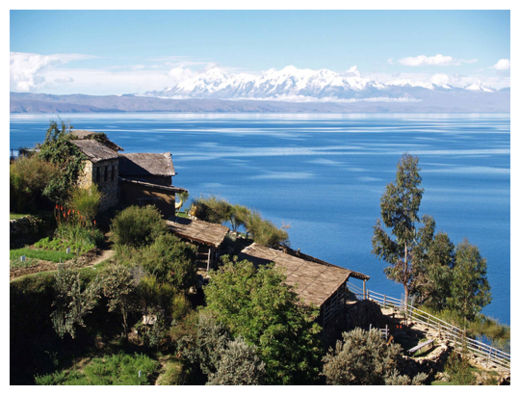
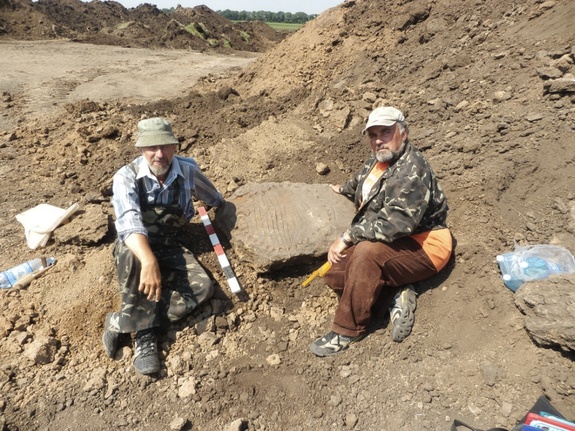

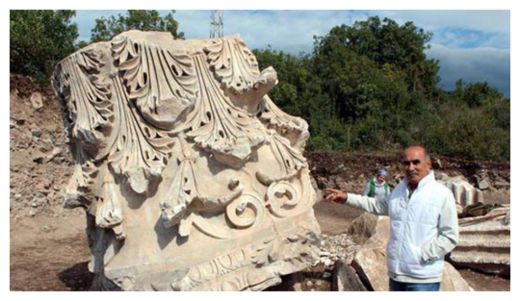
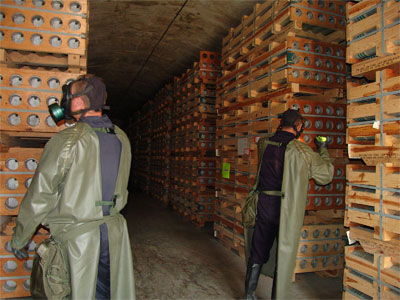
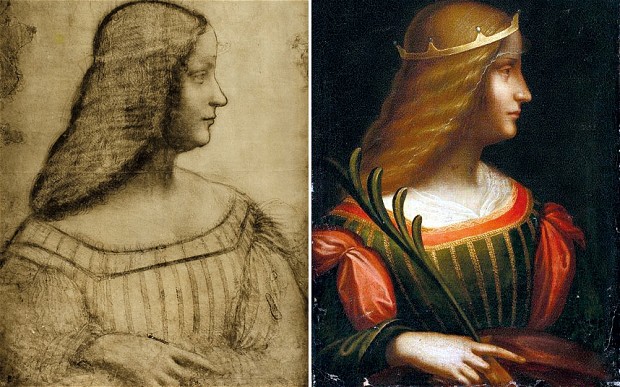
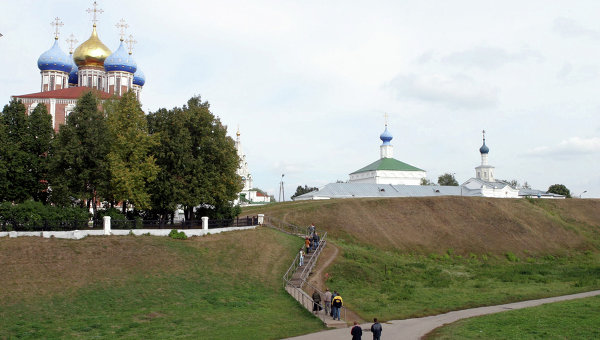
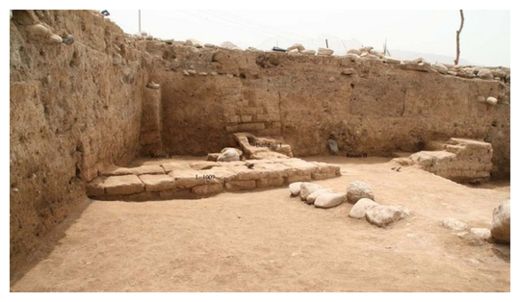



Comment: It is not the first ever evidence of a comet exploding in the earths atmosphere.
See:
Did a massive comet explode over Canada 12,900 years ago in North America and propel the Earth into an Ice Age?
The mystery of mammoth tusks with iron fillings
A Different Kind of Catastrophe - Something Wicked This Way Comes